Shibuya Gyaru: Tokyo Fashion Subculture
Purikura, Shibuya 109 And Decorated Nails: How The Gyaru Aesthetic Inspired A New Generation
In this series, we will be exploring all the fashion subcultures that have made Japan the fashion powerhouse it is today. The iconic Gyaru is considered one of the main subcultures in Tokyo’s fashion history, having influenced styles and trends across the world during its peak in the 2000s.
Tanned skin, dramatic makeup, long nails, bleached hair, school uniforms and rebellion—just some of the things that have come to define the iconic Shibuya Gyaru. In actuality, gyaru is much harder to define since there are so many subcategories within this one subculture, all with their own style, history and legacy which have helped cement its place in Japan’s fashion history.
The History and Cultural Significance of Gyaru
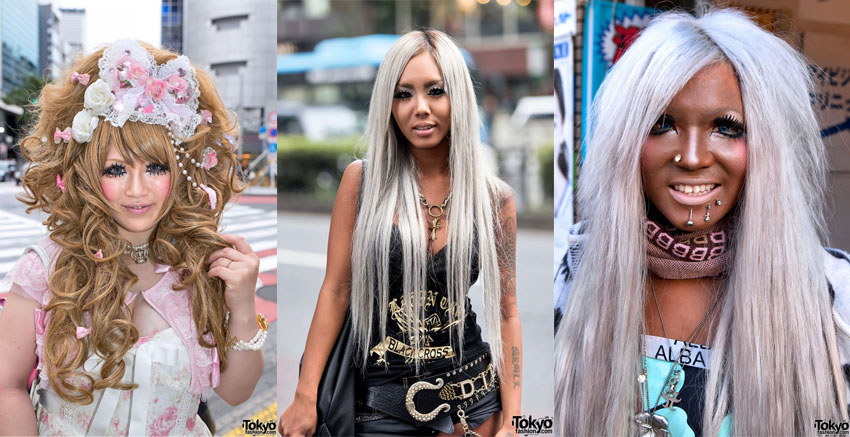 © Photo by TokyoFashion.com
© Photo by TokyoFashion.comLike the majority of other fashion subcultures, the gyaru style originated in the streets of Harajuku and Shibuya during the Heisei period, a time when traditional ideals were being questioned. It was during this time that many teenagers started to experiment with their fashion, beauty and lifestyle choices, taking some cues from the West including bleaching their hair, wearing more comfortable clothing and embracing individualism. Gyarus came to symbolize the new and modern technological culture, spending their free time taking purikura, texting friends on their cellphones and embracing mass consumerism by shopping regularly at Shibuya 109.
As more people became immersed in the gyaru world, new categories started to emerge with some of the most notable being:
- Agejō: a more glamorous and mature style
- Amekaji: a colorful and cute style inspired by American casual wear
- Hime gyaru: a more feminine and princess-style take on the subculture
There are also some controversial subcategories of the genre which used to exist such as Ganguro and Yamanba which are now seen as examples of cultural appropriation.
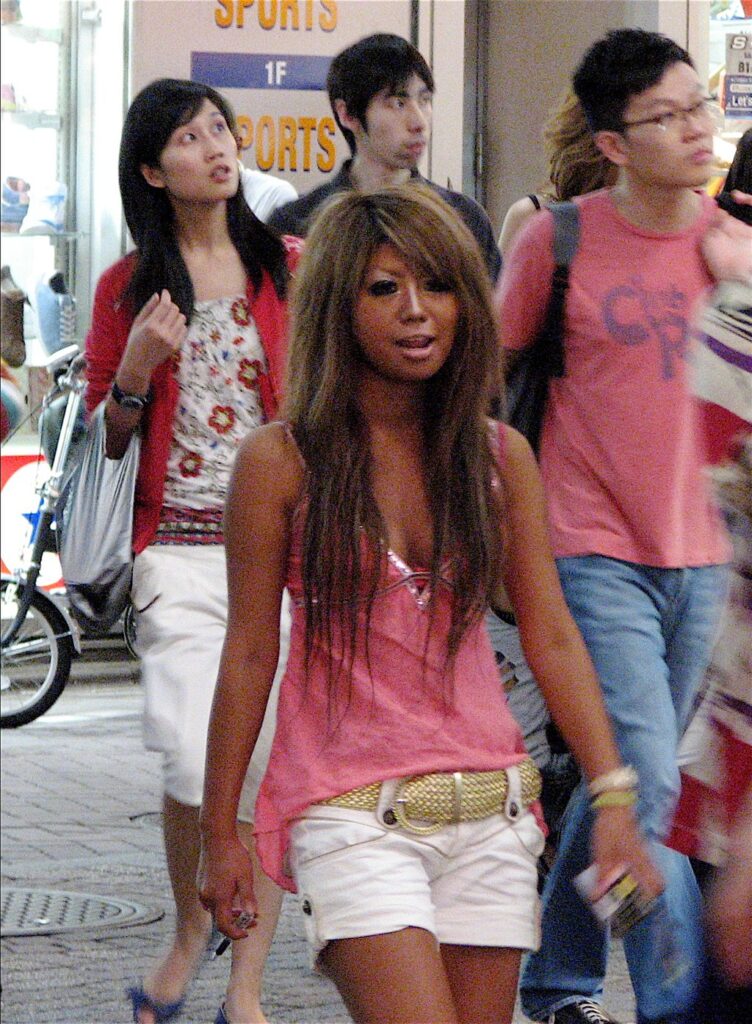 © Photo by Wiki Commons: ThisParticularGreg
© Photo by Wiki Commons: ThisParticularGregFor many women in particular, the Gyaru subculture was more than just a fashion statement, it came to represent a non-conformist lifestyle and gave them the freedom to express themselves however they wanted.
In its heyday, in the late 90s and early 2000s, some of the most famous faces of the subculture included Tsubasa Masuwaka, Kumiko Fuayama and Rie Matsuoka. Such models helped propel the gyaru subculture, making it global phenomenon with celebrities like Paris Hilton and Gwen Stefani taking inspiration from the style in their Y2K era. Today, there are not really any models with this distinct style, with the closest being Yuki Kimura.
Is gyaru fashion still popular?
Although all the rage in the early 2000s, nowadays you won’t see many individuals pulling off the gyaru aesthetic on the streets of Tokyo. That is not to say the iconic Shibuya Gyaru is forever gone; aspects of the subculture still live on. Many teenagers today take inspiration from the subcategory of the gyaru subculture known as kogyaru style; wearing high-school uniforms with shorter skirts, loose socks, checked scarves and covering phones and school bags with lots of charms.
At its peak popularity, the Shibuya gyaru subculture faced quite a bit of backlash from the older generation for being too “racy” and representing teenage delinquency. Such associations as well as changes in society and lifestyle all contributed to making the gyaru aesthetic a figure of nostalgia.
The rising prominence of fast fashion brands like Zara, H&M and Uniqlo from the 2010s onwards are also partly responsible for the decline of this and other subcultures, with growing teens preferring to follow microtrends rather than solely stick to one distinctive aesthetic. More recently, since the pandemic, there has been a noticeable shift to adopting more natural makeup and minimalist clothing which might explain why gyaru fashion has not had a proper resurgence.
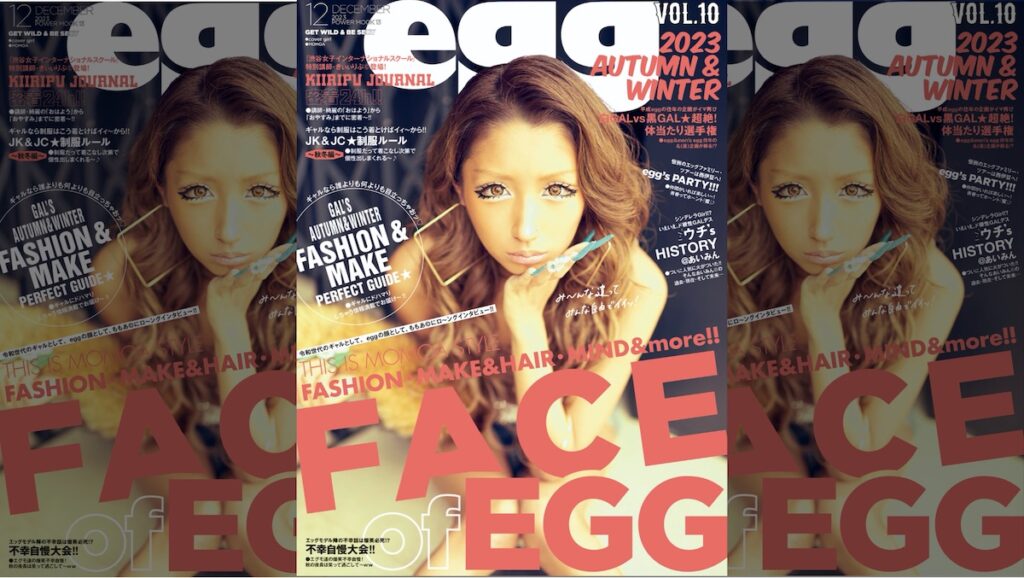 © Photo by egg Magazine
© Photo by egg MagazineAll of that said, this subculture has still captured the hearts of those around the world, with many Gen-Z and millennial users on Instagram and TikTok having expressed their love and nostalgia for aspects of the youth-centered subculture including the outfits and nail art. Notably, egg, the magazine that every gyaru used as a handbook back in the 90s, is still around today but as an online zine.
Where to Shop Gyaru Fashion
Shibuya 109 was, and still is to an extent, the mecca for all things gyaru. Although many of the iconic brands that every budding gyaru shopped are still around in Shibuya 109, they have altered their style slightly to better fit in with the more current and toned-down trends. Don’t let that discourage you though, you can definitely still find individual pieces amongst the racks that can be used to recreate the perfect gyaru look.
Egoist
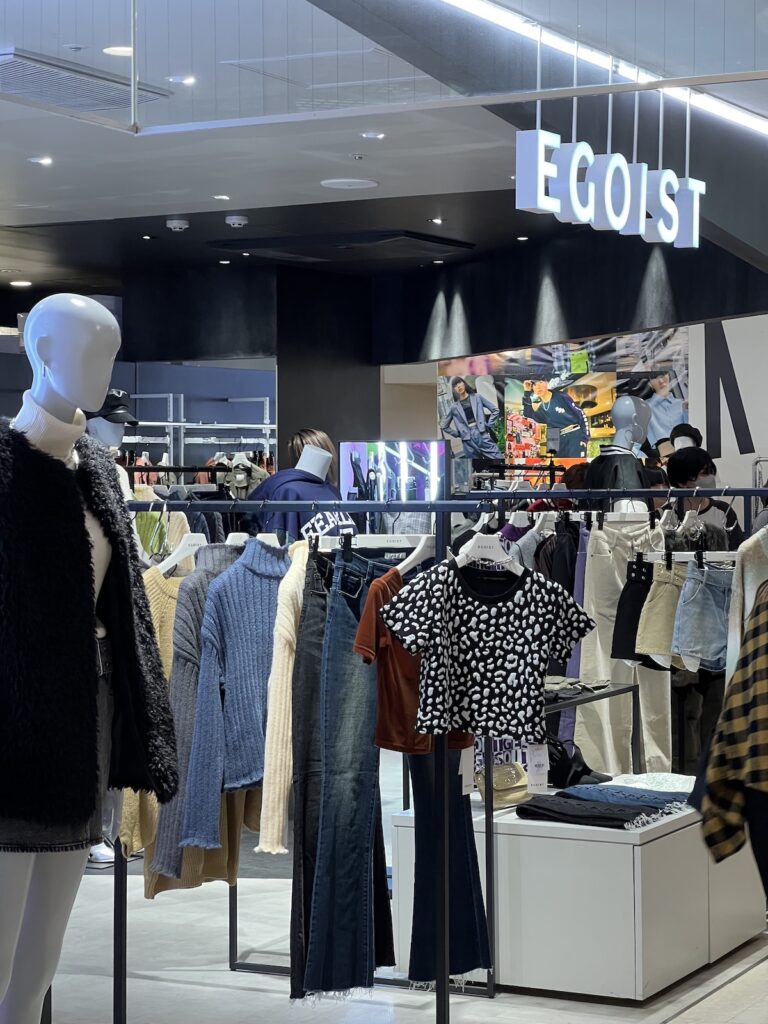 © Photo by Jane Pipkin
© Photo by Jane PipkinOne of the most cherished gyaru brands back in the day, Egoist still sells a variety of items suitable for any Shibuya gyaru including faux fur vests, oversized hoodie dresses and leopard print tops. Ideal for those who prefer the Mode gyaru, the more high-fashion category of the subculture.
Address: Shibuya 109, 2F, 2-29-1, Dogenzaka, Shibuya City, Tokyo
Emoda
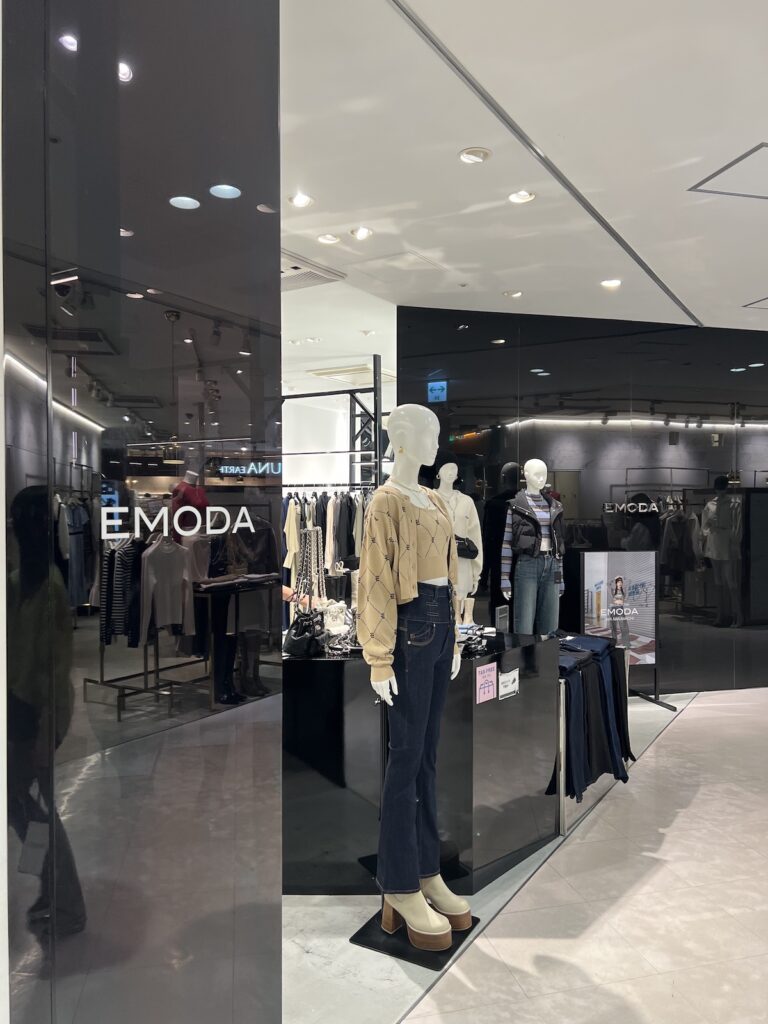 © Photo by Jane Pipkin
© Photo by Jane PipkinSimilar to Egoist in style, Emoda was another must-wear brand back in the day. Currently, most of Emoda’s clothes have a more chic and minimalist look to them. That said, some of the individual pieces such as the co-ords, dresses and jackets would work well in a gyaru-inspired wardrobe.
Address: Shibuya 109, 2F, 2-29-1, Dogenzaka, Shibuya City, Tokyo
Anap
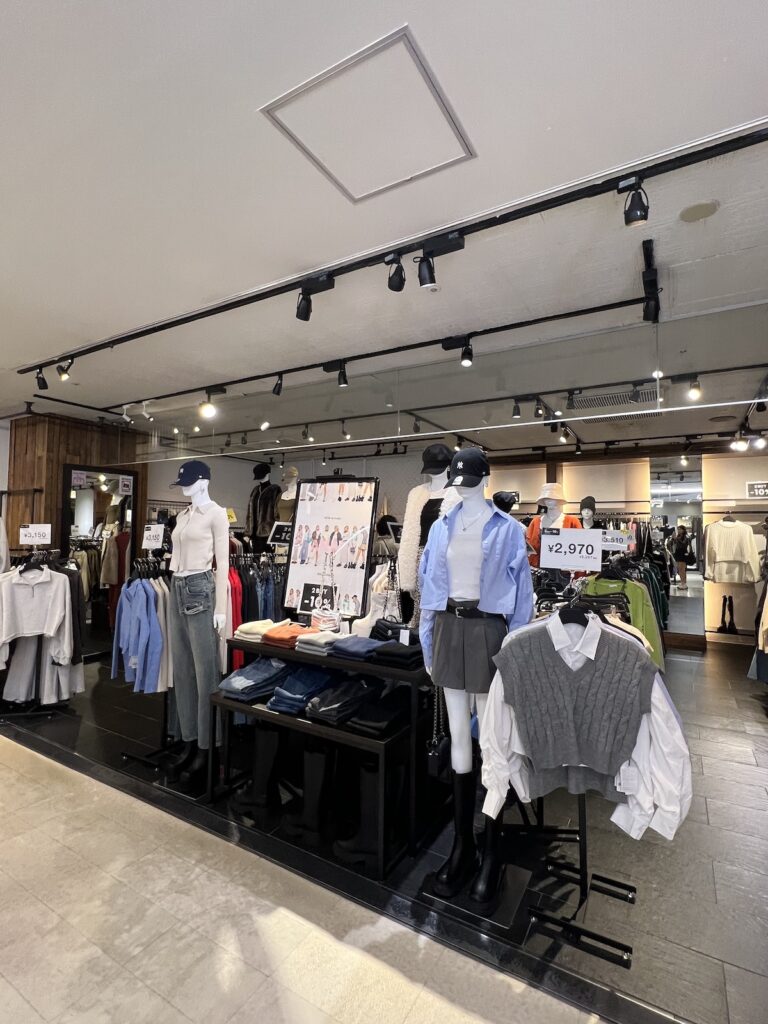 © Photo by Jane Pipkin
© Photo by Jane PipkinAt Anap, you will find a lot of oversized graphic hoodies, tracksuit sets and other casual wear. It is good for those wanting to fit into the more Amekaji style of the gyaru subculture since it is a bit more sporty and preppy.
Address: Shibuya 109, 5F, 2-29-1, Dogenzaka, Shibuya City, Tokyo
Lip Service
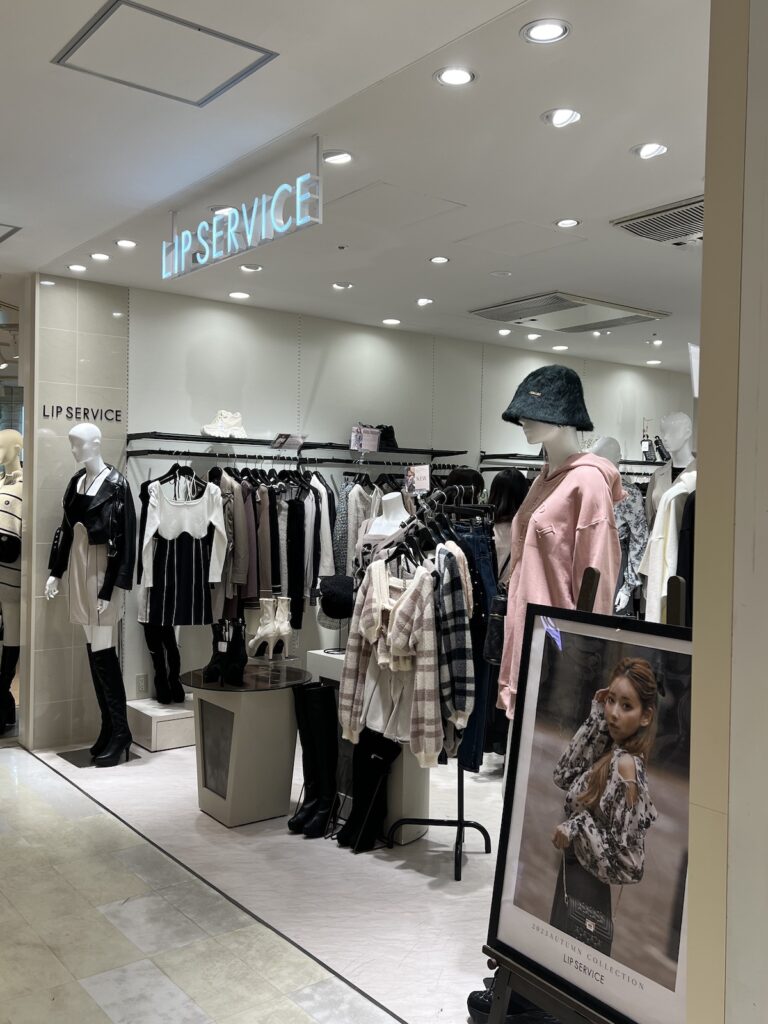 © Photo by Jane Pipkin
© Photo by Jane PipkinOne of egg’s most popular models back in the 2000s, Hitomi Endo actually became the face of this brand for a while. Compared to the other brands on this list, Lip Service is more feminine and chic in style.
Address: Shibuya 109, 5F, 2-29-1, Dogenzaka, Shibuya City, Tokyo
Gyaru Beauty Brands
Achieving the ultimate Shibuya gyaru look isn’t just about the clothes, it is also about the dramatic makeup look which includes wearing long fake eyelashes, black eyeliner and coloured contacts. The two most popular beauty brands which most gyarus used and still do, are Dolly Wink, known for their famous fake eyelash range created in collaboration with Tsubasa Masuwaka, and Candy Doll, Tsubasa’s own brand which sells ‘doll-like’ make-up.
Nails are also an important part of the Gyaru look. Although some gyarus favored simple French manicures, heavily decorated nails were and are the staple and treated as an essential accessory. Many nail salons in Tokyo do an amazing job at creating cute, unique and blinged-out nail sets with some of the most highly recommended being Jill&Lovers, favnail and nail mafia.
Interested in other Tokyo fashion subcultures?
Here are others we’ve covered:
What aspects of the Gyaru subculture do you like most? Let us know in the comments below!












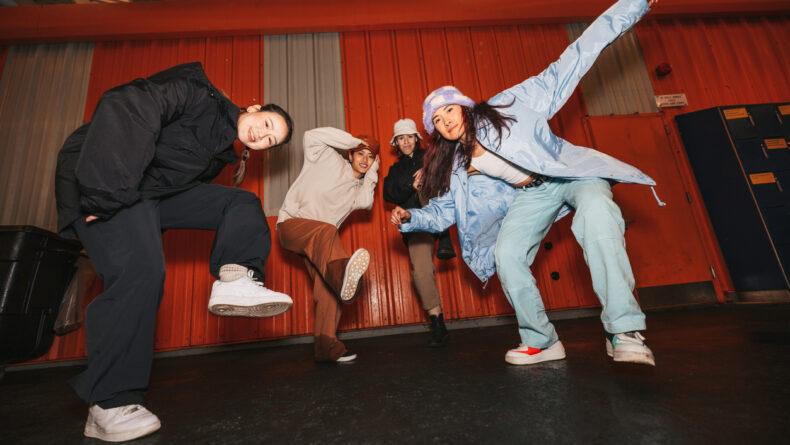
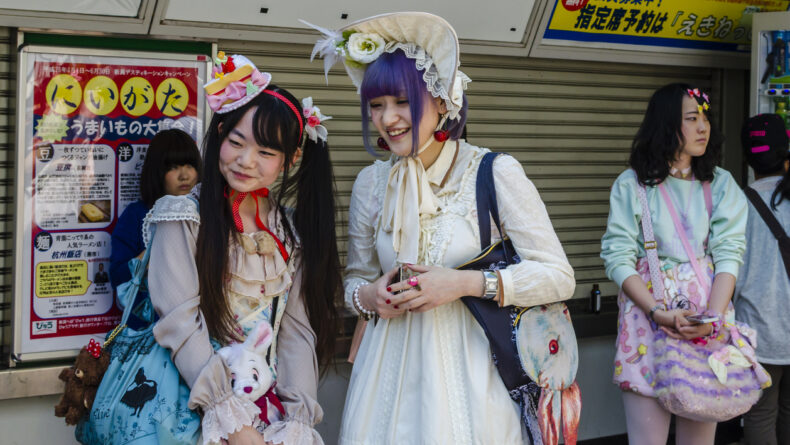
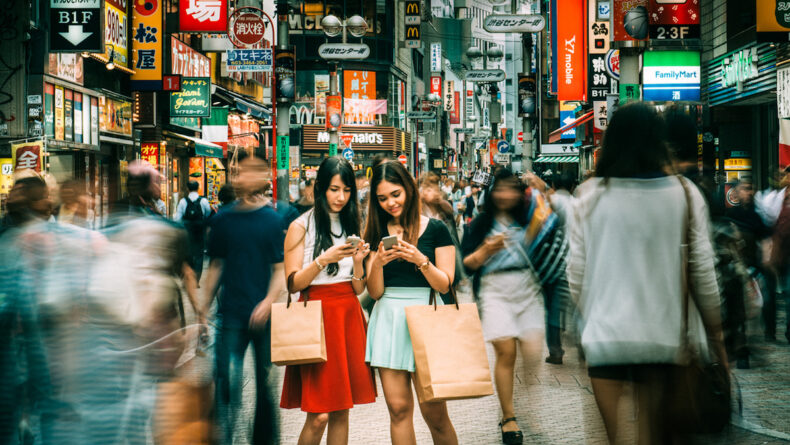
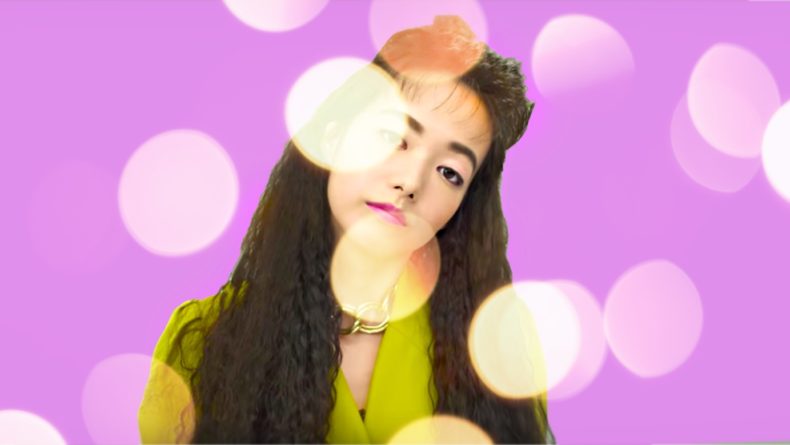
Leave a Reply